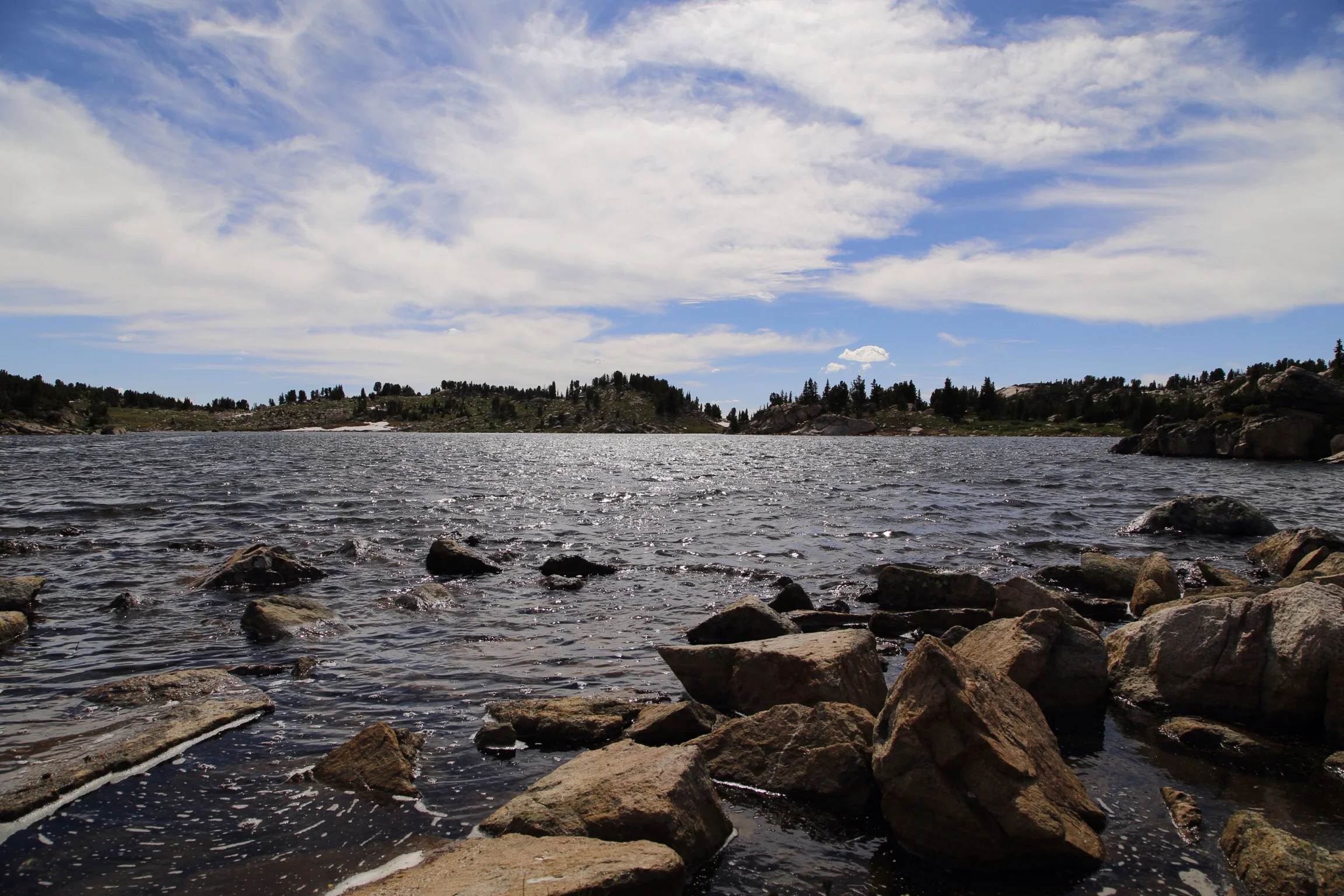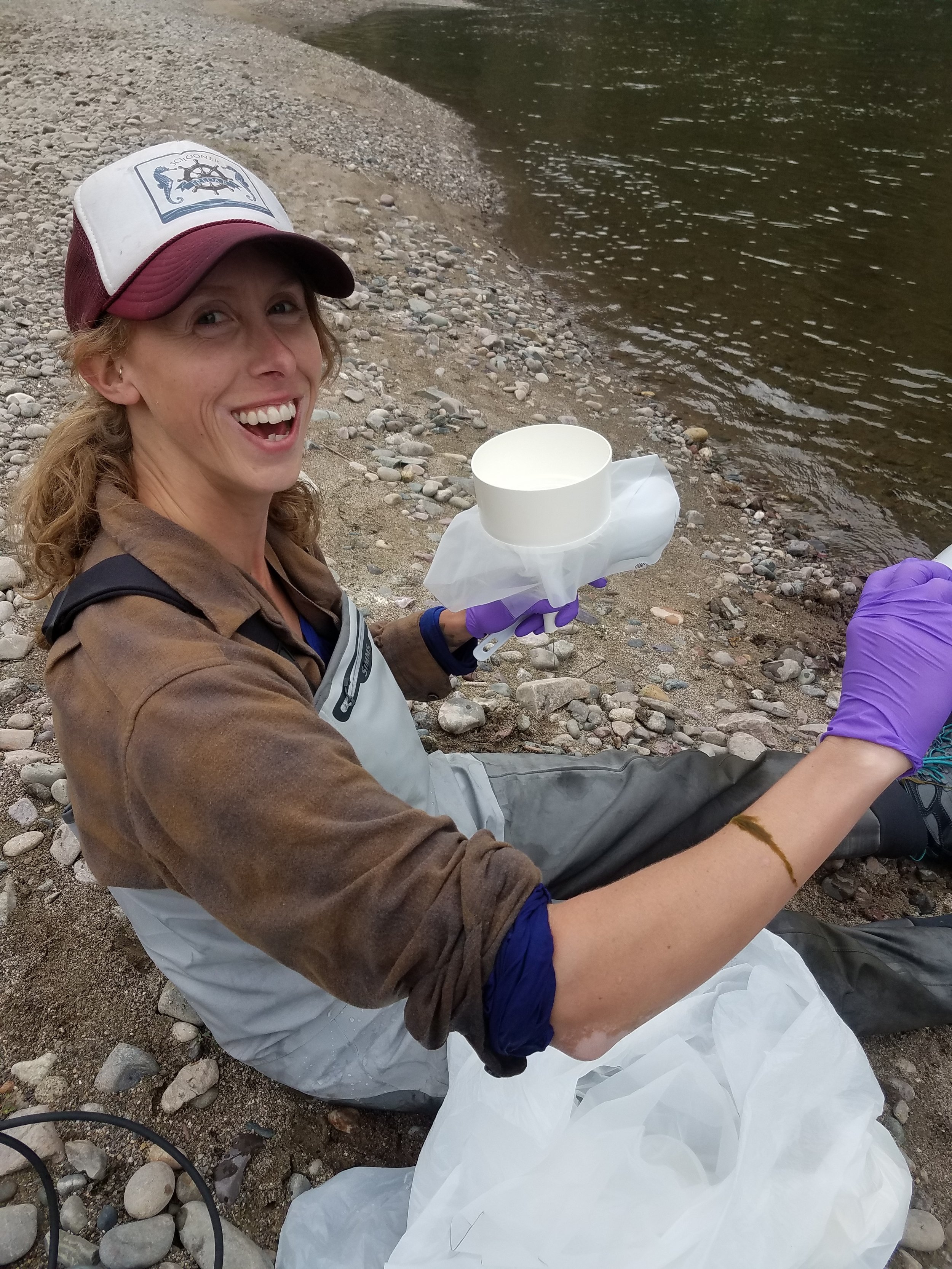Kaitlin perkins
Interactive effects of metal and nutrient cycling in the Upper Clark Fork River
Freshwater pollutants are common in many watersheds across the landscape, as industry, agriculture, and development leave their mark. The Clark Fork River, like many mineral-rich regions across the globe, has a legacy of heavy metal contamination due to historical mining operations. While the Clark Fork Superfund Complex was created to address and remediate mining contamination, restoration efforts are far from complete and metal contamination is still pervasive. Additionally, ranching and agricultural operations along the upper reach of the Clark Fork degrade the riparian zone and contribute contaminants to the river. The combined inputs result in a unique combination of pollutants that are transported down river, manifesting in sediments and aquatic invertebrates far from the Superfund Complex.
Kate Perkins, a PhD student at the University of Montana, is investigating the fate and transport of metal contaminants in the Upper Clark Fork River. She will use field surveys, experimental work, and mesocosms (small-scale experimental streams), to better understand the mechanisms by which metals are transported down river, including the role of microbes. Her research will build upon the legacy of work completed in the Clark Fork River and inform the theory of nanoparticle transport, as well as the effectiveness of efforts to improve water quality in the Clark Fork River.

